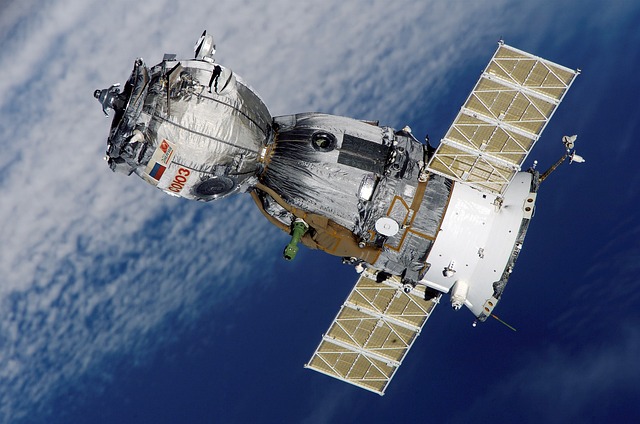Small satellites, often referred to as smallsats, nano-satellites, or CubeSats, weigh less than 500 kilograms and serve various purposes, from Earth observation and communication to scientific research and military applications.

Market Trends and Growth Factors
The year 2024 marks a pivotal moment for the small satellite market, characterized by several key trends and growth factors. One significant trend is the miniaturization of satellite components, which has led to reduced launch costs and faster deployment times. This trend has democratized access to space, enabling more countries, organizations, and even individuals to participate in space missions.
Another driving factor is the rapid expansion of satellite-based internet services. Companies like SpaceX, OneWeb, and Amazon's Project Kuiper are deploying large constellations of small satellites to provide global broadband coverage. This initiative not only fuels market growth but also stimulates innovation in satellite manufacturing and launch services.
Technological Advancements
Advancements in propulsion systems, onboard sensors, and data processing capabilities are further propelling market growth. Improved propulsion technologies enable small satellites to maneuver in orbit, extend their operational lifetimes, and facilitate end-of-life deorbiting, addressing space debris concerns. Enhanced sensor capabilities enhance satellite imaging, weather monitoring, and scientific research capabilities.
Challenges and Opportunities
Despite its rapid growth, the small satellite market faces challenges such as regulatory constraints, spectrum management issues, and competition from traditional satellite operators. Regulatory bodies are grappling with the need to streamline licensing processes and ensure responsible satellite operations to mitigate space debris risks.
However, these challenges also present opportunities for innovation. Companies are investing in autonomous collision avoidance systems, advanced propulsion technologies, and sustainable satellite designs to address regulatory concerns and enhance operational efficiency.
Regional Dynamics
Regionally, North America remains a dominant player in the small satellite market, driven by a robust entrepreneurial ecosystem, supportive government policies, and strong private investments. Europe and Asia-Pacific are also emerging as key regions, with increasing investments in satellite manufacturing capabilities and launch infrastructure.
Future Outlook
Looking ahead, the small satellite market is poised for continued expansion, fueled by advancements in artificial intelligence, machine learning, and 5G connectivity. These technologies will enable small satellites to collect, analyze, and transmit large volumes of data in real-time, opening new opportunities in sectors such as agriculture, urban planning, and disaster response.
In conclusion, the small satellite market in 2024 is characterized by rapid technological advancements, expanding applications, and diverse regional dynamics. While facing regulatory challenges, the market continues to innovate and grow, driven by increasing demand for satellite-based services and solutions. As we move forward, collaboration between industry stakeholders, governments, and regulatory bodies will be crucial in fostering a sustainable and vibrant small satellite ecosystem.
For More Info https://www.gmiresearch.com/report/global-small-satellite-market-nano-mini-microsatellite/


You must be logged in to post a comment.